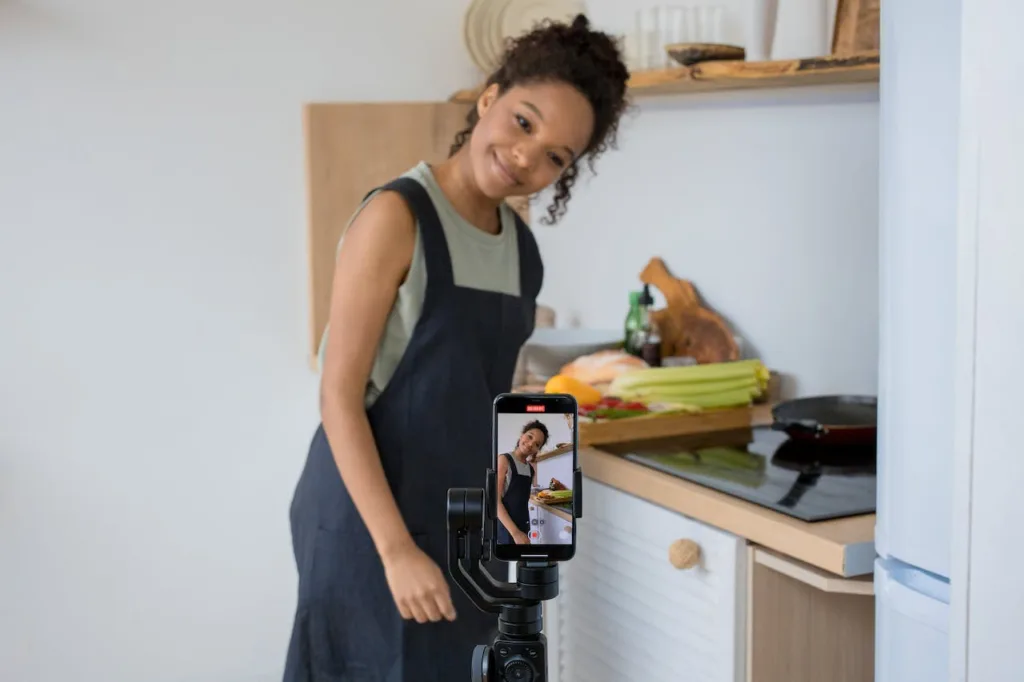TikTok is embarking on a significant transition by adapting its app for larger screen devices. This development, as announced in their recent newsroom update, marks a crucial evolution in the platform’s approach to content consumption and user engagement.
Transforming the User Experience
Historically designed as a mobile-first platform, this expansion allows TikTok to cater to a broader audience, including those who prefer consuming content on larger displays like television screens. This change is a response to the diverse preferences of users in how they engage with digital content, acknowledging the trend of multi-platform accessibility.

For creators on TikTok, this update offers new possibilities for content creation and audience reach. The adaptation to larger screens means that creators will now produce content that leverages the advantages of a bigger display, potentially leading to more immersive and visually captivating videos. This shift encourages creators to explore different content styles and formats suitable for larger formats.
Implications for the Platform and Users
Enhanced User Engagement
Adapting to larger screens will potentially lead to increased user engagement on TikTok. The accessibility of content across various devices, including larger screens, might encourage users to spend more time on the platform, thereby boosting engagement levels. Additionally, this update will potentially attract a new segment of users who prefer larger screens, contributing to TikTok’s user base growth.
New Advertising Potentials
The transition to larger screens also opens up fresh advertising opportunities on TikTok. Advertisers might find the larger screen format appealing for certain types of ads, offering a different kind of visibility and user engagement than traditional mobile ads. This will lead to innovative advertising strategies tailored to the larger screen experience.

Although this update has potential, it also presents challenges, particularly in content adaptation. Creators may need to adjust their content strategies to suit the larger screen format effectively.
Additionally, TikTok will need to ensure that its content discovery algorithms remain efficient across different device types, maintaining the platform’s user-friendly experience.
TikTok’s expansion to larger screen devices is a significant step in its growth trajectory, reflecting its adaptability and commitment to enhancing user experience. While this move presents new opportunities in terms of user engagement and advertising, it also brings challenges that will require strategic adaptation from both the platform and its content creators.
As TikTok ventures into this new domain, it will be pivotal to observe how this expansion influences the dynamics of content creation and consumption on the platform.




